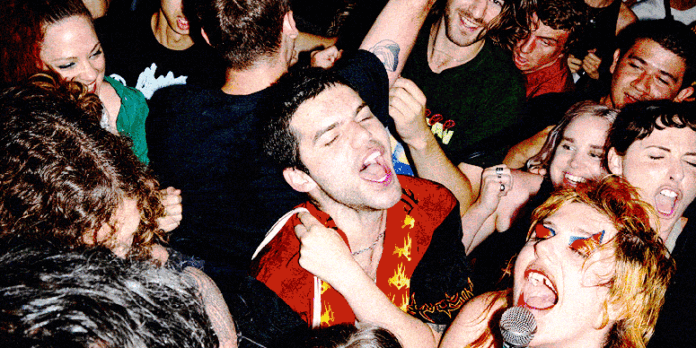The redevelopment will feature two separate venues on the street level—the 300-person capacity Great Scott, and the 75-person capacity O’Brien’s Pub, its longtime sister club that has remained open—and function as a mixed-use building. Designed by local architects CambridgeSeven, it will also include additional retail space and rental housing, with an anticipated 100 units to be added. Great Scott is in the midst of its design and permitting phase, but it has the backing of the Mayor’s Office of Arts and Culture and stakeholders. Once those plans are approved, construction will last roughly 18 months.
“Since Great Scott closed four years ago, there has been such an outpouring of support for its reopening, but we live in a difficult economic climate where in the past few years more small venues have closed than have opened,” said Lavin in a statement. “This partnership with Paul [Armstrong] and Jordan [Warshaw] has enabled us to create an economic model that will not only allow a new Great Scott to be built, but for it to be successful for many more years.”
After opening in 1976, Great Scott slowly established itself as a vital part of Boston’s music scene and a welcoming space for touring artists nationwide. Countless artists used the Allston spot as a launching pad early in their careers, including Charli XCX, Phoebe Bridgers, MGMT, and Grimes. For local acts, however, it was a dependable venue for passionate fans, sold-out shows, and freewheeling residencies, with acts like Pile, Clairo, and Speedy Ortiz fostering a loyal community. Great Scott previously hosted themed DJ nights that were catered towards the city’s queer, indie-rock, and dance communities, as well as comedy events, drag shows, and more.
36 of America’s Best Independent Music Venues on Surviving and What’s Next







